If it’s not a leap year, then October 31 is the 304th day of the year in the Gregorian calendar. Of course, to many people October 31 is best known as Halloween. Even though the date is most famous for that holiday, a lot of very interesting events have happened on October 31 throughout history, and these are 10 of the most pivotal of those events.
- 1517 – Martin Luther Nails His 95 Theses to the Church Door
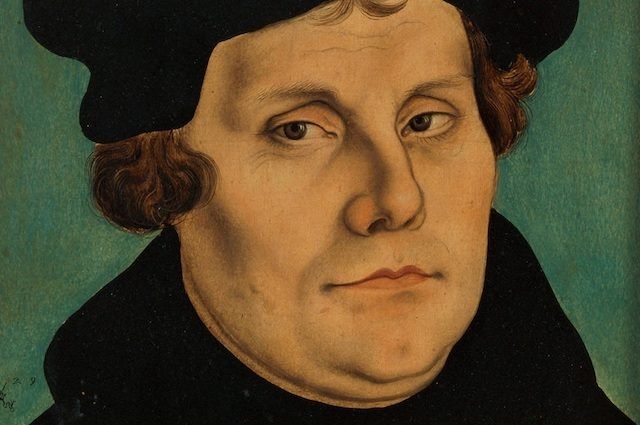
In 1517, German scholar and priest Martin Luther wasn’t happy with the Roman Catholic Church. One practice that he really didn’t like was called “indulgences.” An indulgence was when someone committed a sin and then they paid the church for their forgiveness. At the time, the practice was incredibly corrupt because the church was looking for money to renovate St. Peter’s Basilica in Rome.
The Prince of Germany had outlawed indulgences, but that didn’t stop German Catholics from traveling to another area to get them. When they would return to Germany, they would show Luther, or whoever their priest was, that they had been granted absolution and that they no longer had to repent for their sins.
The practice frustrated Luther, so he wrote his famous 95 theses condemning the church and the practice of indulgences. The theses were heavily influenced by the writings of St. Augustine of Hippo and there were two central themes. The first was that the Bible, and not the church officials, should be the ultimate authority. Secondly, people could only reach absolution through their own actions and not because they purchased it.
After he had finished writing them, he nailed them to the door of Wittenberg Castle church on October 31 and it quickly caused a stir. Pope Leo X soon caught wind of the theses and he loved them. He thought that they were exactly what the church needed.
No, not really.
Within a year, the Pope demanded that Luther recant on two different occasions. Luther refused and he was labeled a heretic. Then in July 1520, the Pope issued a papal bull, which is a public decree, that ex-communicated Luther.
It was too late though, because the 95 theses inspired a lot of people and it started the Protestant Reformation, thus giving birth to Protestantism. Today, there are 800 to 900 million Protestants around the world.
Luther died on February 18, 1546, at the age of 62 after being ill for several years.
- 1876 – The Great Backerganj Cyclone
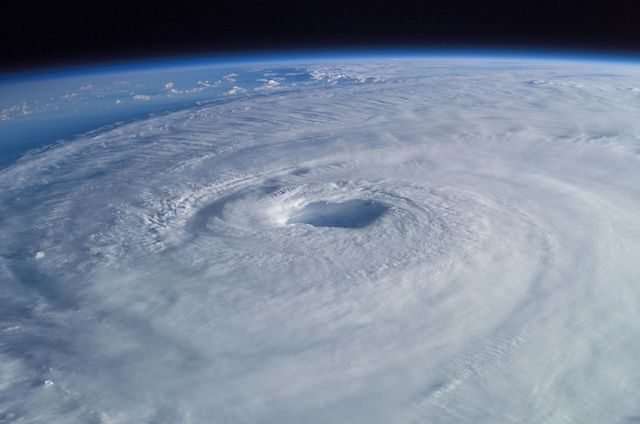
On October 31, 1876 a cyclone formed over the Bay of Bengal in Bangladesh. Not long afterwards, it made landfall at the Meghna River estuary in Barisal, Bangladesh, which was part of British territory at the time. There was a high tide when it made landfall and this caused low-lying coastal areas to flood with 40 feet of water.
As a result of the cyclone, 200,000 people died. Most of the deaths happened in the aftermath of the cyclone due to disease and starvation.
The Great Backerganj Cyclone of 1876 is considered one of the deadliest cyclones in history.
- 1903 – The Purdue Wreck
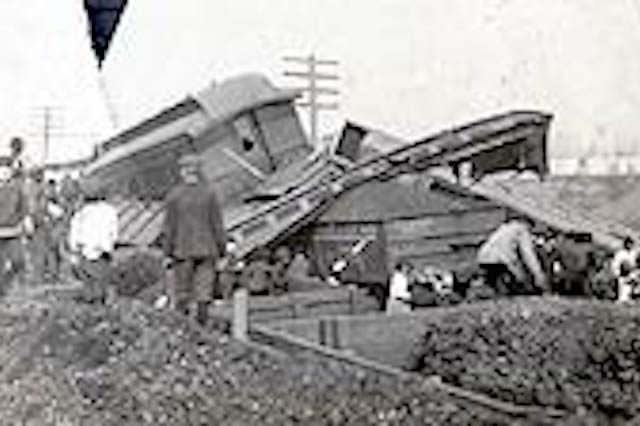
One of the oldest rivalries in college sports is the Indiana Hoosiers and the Purdue Boilermakers. In 1903, the rivalry was still in its infancy, but it was still pretty intense. Notably, they had to hold games at neutral sites; usually in Indianapolis.
The problem was that getting to the game was difficult for a lot of people because Indianapolis was over 60 miles away from Purdue, which is in West Lafayette. So in order to get their fans to the game, Purdue arranged two trains to transport 1,000 people.
On October 31, 1903, the first of the two trains went around a curve and the conductor was shocked to see a coal train sitting on the tracks. He didn’t have enough time to stop the train and it collided with the coal train.
In all, 17 people died and 14 of them were players. They had been sitting in the first passenger car. While this was one of the first big college sports tragedies, it could have been a lot worse. The second train was following the same path, but luckily, witnesses were able to flag down the train and stopped it before it got to the wreck.
- 1918 – Dissolution of the Austria-Hungary Empire
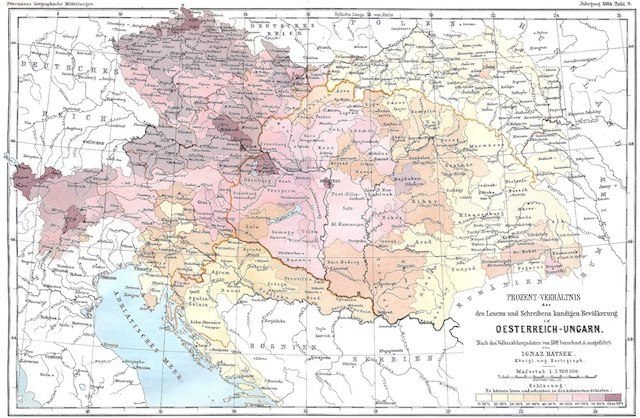
The Austrian Empire was formed in 1804, but its capital Vienna is steeped in culture and history that predates the Empire. When it was formed, it was one of the biggest, most populated and most powerful empires in Europe.
However, it was dealt a devastating blow when the army was defeated by French armies, led by Napoleon Bonaparte, in several battles starting in 1805. The result was that Austria lost control of their territory in modern-day Italy. This was followed by another military failure in 1866 during the Seven Weeks War against Prussia. Due to the defeat, Austria lost control of all its Germanic states.
These losses were quite surprising and it weakened the Austrian Empire’s position of power. It also unified the modern-day countries of Italy and Germany.
The Hungarians were also looking to strengthen their power, so in 1867, Austrian emperor Francis Joseph and Hungary agreed to a partnership, officially creating the Austria-Hungary Empire. The empire consisted of what are today Bosnia and Herzegovina, Croatia, the Czech Republic, Italy, Montenegro, Poland, Romania, Serbia, Slovakia, Slovenia, and the Ukraine.
On July 28, 1914, a month after Austrian Archduke Franz Ferdinand was assassinated, Austria-Hungary declared war on Serbia, effectively starting World War I.
Four years later, Austria-Hungary was engaged in the the Battle of Vittorio Veneto on the Italian front. As an Italian victory became likely, on October 31, 1918, Hungary withdrew from their pact, dissolving the Austria-Hungary Empire.
- 1922 – Benito Mussolini Assumes Office
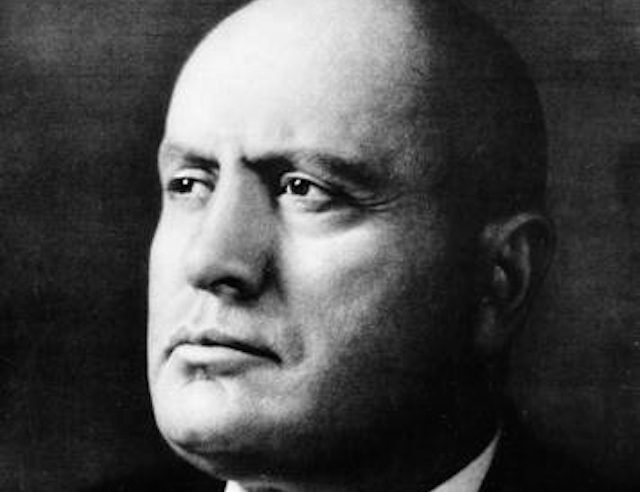
Benito Amilcare Andrea Mussolini was born in 1883 in Dovia di Predappio, Forlì, Italy. From a young age, Mussolini was a steadfast socialist, but that all changed after he served in World War I. Post-World War I, he became an extreme right-wing nationalist and launched the fascist party in 1919. The party opposed social class discrimination and they had strong nationalist sentiments.
On October 24, 1922, Mussolini led a march on Rome and was planning an insurrection to overtake the government. In the end, the march didn’t lead to violence because on October 29, King Victor Emmanuel III of Italy declared Mussolini as Prime Minister. He assumed office two days later, on October 31.
As Prime Minister, Mussolini invaded Ethiopia and backed the Fascists in the Spanish Civil War. This caught the attention of Adolf Hitler and they formed a military alliance. This, of course, did not go well for either dictator (or Europe in general, really).
In June 1944, Rome was liberated by Allied forces and in April 1945, Mussolini and his mistress tried to flee Switzerland. They were captured on April 27, 1945, and they were both executed the next day.
- 1926 – Harry Houdini Dies
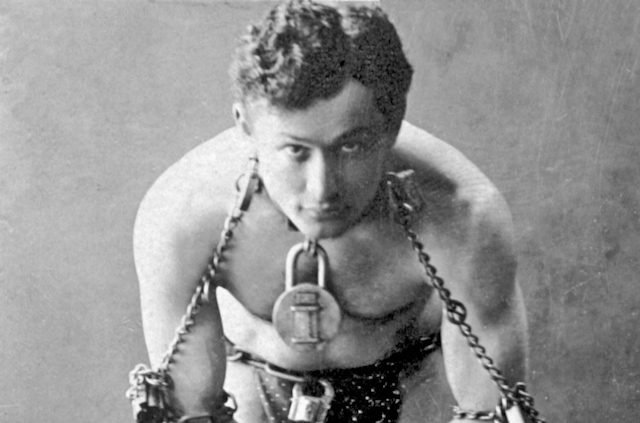
Harry Houdini was born Erich Weisz on March 24, 1874, in Budapest, Hungary. When he was a child, his family moved to Appleton, Wisconsin, which he would later claim was where he was born. He started performing his illusions and escape acts in 1894, and chose the name Harry Houdini. Houdini’s career took off in 1899 when he met famed vaudeville theater owner and manager Martin Beck.
On October 18, 1926, Houdini was performing at the Princess Theater in Montreal, despite the fact he had broken his ankle several days before performing the water barrel escape.
What exactly happened that afternoon is unclear, but Houdini was backstage with three McGill University students. One of them was Joselyn Gordon Whitehead. Whitehead asked Houdini about his physical strength and if there was any validity to the rumor that he could withstand any punch to the stomach. Houdini said it was true and invited Whitehead to punch him. Houdini was sitting in a reclining position and Whitehead started to punch him. How many times is unclear, but one of the other students said there was at least four punches. He only stopped when Houdini forced him to.
Houdini claimed that he wasn’t expecting the young man to hit him so fast and so many times, so he wasn’t physically prepared to take the punches.
The punches ended up rupturing Houdini’s appendix.
Amazingly, Houdini kept performing. He did the show that night, the next day he did two more, and then he took an overnight train to Detroit. During that time, his condition worsened. A doctor met him at the theater before the opening show in Detroit and told him not to go on stage. Houdini had other plans, saying, “I’ll do this show if it’s my last.” He performed, but his assistants had to do most of his illusions and stunts during the third act. After the show ended, Houdini collapsed and was rushed to the hospital for surgery.
Unfortunately, it was too late for Houdini. His ruptured appendix had poisoned him. He died 11 days later, on October 31, 1926, at the age of 52.
- 1940 – Battle of Britain Ends
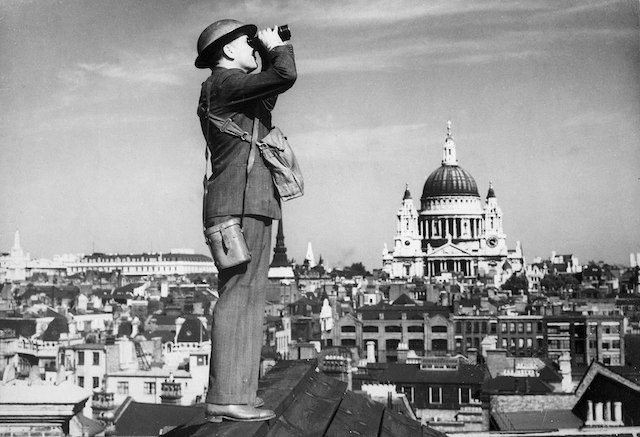
The Battle of Britain started on July 10, 1940, after the Fall of France. It was notable because all the fighting took place in the air between the Royal Air Force and the Nazi Luftwaffe, making it the first all-air battle in history.
The Nazis were hoping that the assault would lead to a peace agreement, but that didn’t happen. Instead, it was a battle of attrition and both sides sustained major losses.
Just three months after the battle started, the Nazis suffered severe blows to morale and on October 31, 1940, Hitler postponed his invasion of Britain. Of course, the invasion never happened. Hitler committed suicide on April 30, 1945, and Germany surrendered on May 7, 1945.
- 1941 – Construction on Mount Rushmore is Completed
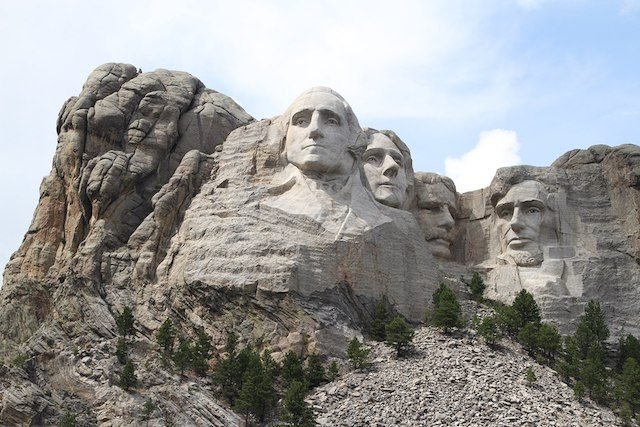
Construction on Mount Rushmore started in 1927. Sculptor Gutzon Borglum originally wanted to carve the four presidents (George Washington, Thomas Jefferson, Abraham Lincoln and Theodore Roosevelt) from the waist up. However, he had problems getting the funding for that, so instead, just their heads were carved out of Mount Rushmore’s face, which is located in the Black Hills in Keystone, South Dakota.
Four hundred people worked on the sculptures in incredibly dangerous conditions. In total, 45,000 tons of rock were moved to create the heads, which are 60 feet tall. It was finally completed on October 31, 1941, 14 years after it was started.
Mount Rushmore is still a major tourist attraction in South Dakota, with two million people visiting it every year.
- 1984 – Indian Prime Minister Indira Gandhi is Assassinated
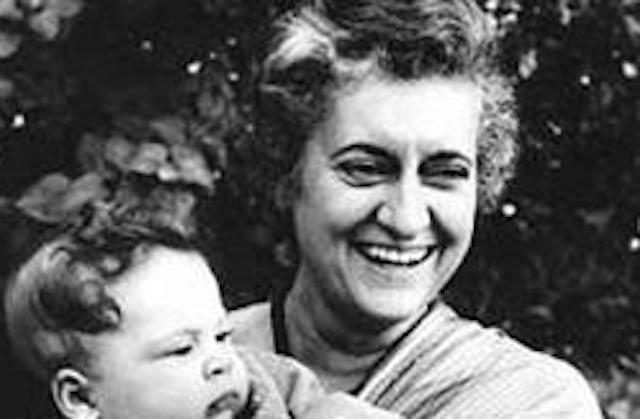
Born Indira Nehru, Indira was always considered bright and stubborn. Her father was Jawaharlal Nehru, who worked closely with Mahatma Gandhi in the Indian Independence movement. In August 1947, Jawaharlal became the first Prime Minister of independent India and he remained in office until his death in 1964.
Indira got married in 1942 to Feroze Gandhi, who wasn’t related to Mahatma, and she got her first taste of politics by being “a hostess” of sorts for her father.
In 1955, Indira joined the Congress Party’s working committee, and she was elected president of it that same year. After her father died in 1964, she was promoted to the upper level of the Indian parliament, which is called Rajya Sabha. In 1966, her father’s successor suddenly died and Indira became India’s third prime minister.
Indira is best known for revitalizing India’s farming industry. Before she became prime minister, there were food shortages. Indira utilized advancements in the Green Revolution and turned around the situation to the point where India began producing a surplus of grains.
While she did aid the country in some ways, Indira’s tenure as Prime Minister wasn’t without its pitfalls. She was criticized for having authoritarian tendencies and for the corruption that happened under her watch. She was even jailed for a brief time in 1978 on corruption charges after she lost in the 1977 election.
However, she wouldn’t stay out of office for too long. She was re-elected in 1980.
During this term, Indira faced an uprising from Sikh separatists. Hoping to quell them, On June 1, 1984, she ordered the army to confront the separatists at the Golden Temple in Amritsar, which is their most sacred site. The confrontation left nearly 500 Sikhs dead, quite possibly more.
Several months later, on October 31, 1984, Indira was shot by two of her bodyguards, Beant Singh and Satwant Singh, who were both Sikh. The other security guards opened fire on them. Only Satwant Singh survived the shooting. He was convicted of murder, and hanged on January 6, 1989.
- 2011 – The global population reaches 7 billion

For many reasons, it is impossible to figure out when the Earth’s population rolled over to seven billion. A big reason is that developing countries don’t have the best census records. Nevertheless, the United Nations declared October 31, 2011 “The Day of Seven Billion” because according to their calculations, that’s when we hit the big seven.
There are several children who were born on that day who are symbolically the seventh billion person. This includes a girl named Nargis, who was born in India. Another one is Danica May Camacho, who was born a month early in Manila, the Philippines.
The date is more symbolic than anything, and it’s meant to bring awareness to our growing population.
a very interesting post, Well done Satyanmag, keep up the good work.
upvoted and following for more good posts
Downvoting a post can decrease pending rewards and make it less visible. Common reasons:
Submit
Poor Houdini... he did great work.
Nice post 👍
Downvoting a post can decrease pending rewards and make it less visible. Common reasons:
Submit